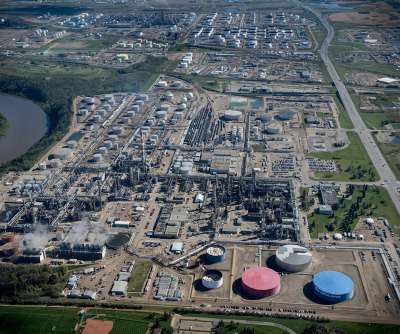S&P Global report forecasts absolute emissions from Canadian oil sands to decline even as production grows
Green Car Congress
APRIL 6, 2022
By the middle of this decade greenhouse gas (GHG) emissions from Canadian oil sands production should be in decline even as production continues to grow, according to a new comprehensive report by S&P Global Commodity Insights that takes into account current technology trends and production growth. —Kevin Birn.





































Let's personalize your content